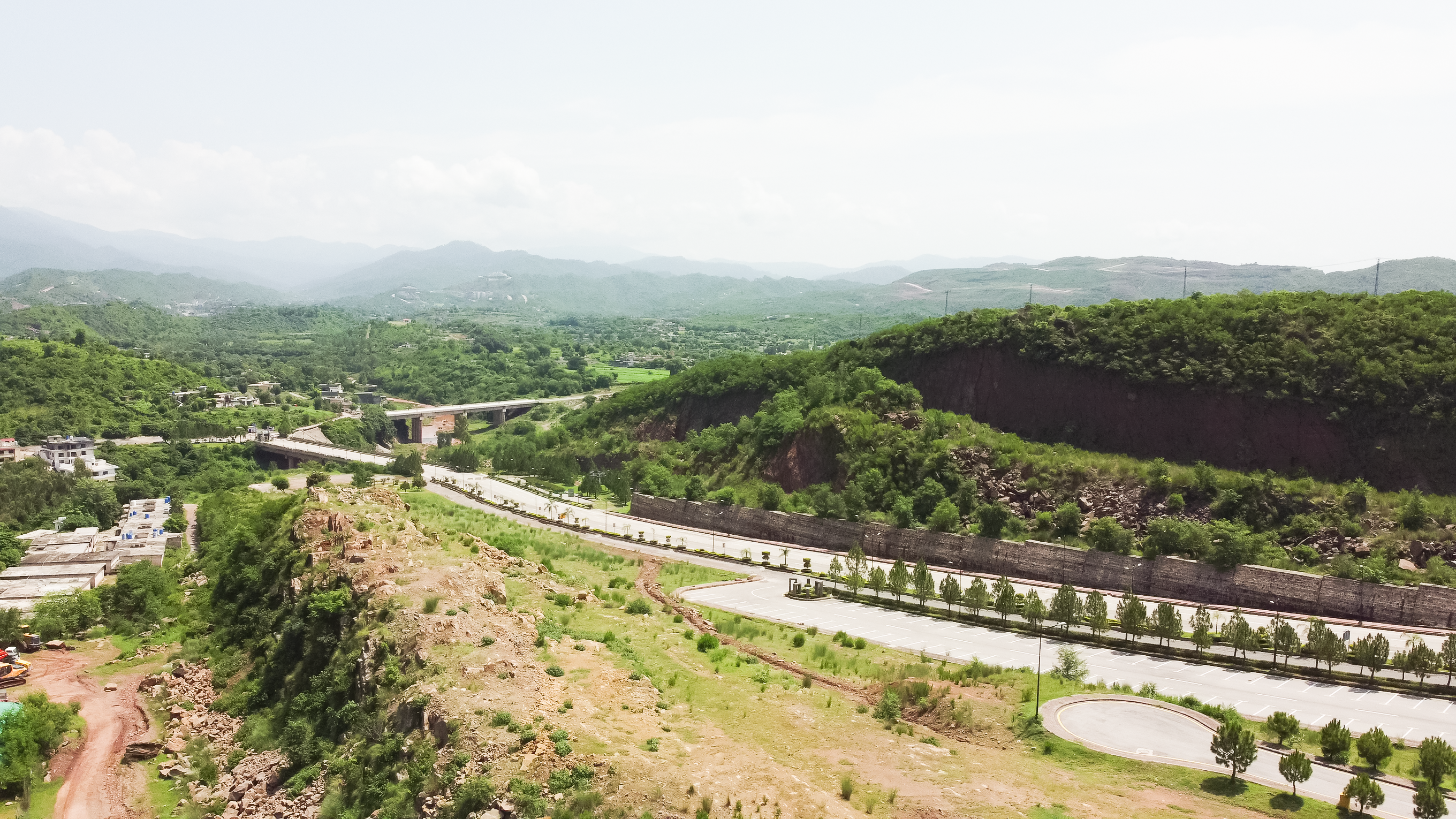At One Homes, a British developer building meticulously designed residences for overseas Pakistanis, this is a familiar inflexion point. Economic strength always finds its first reflection in land and infrastructure.
Pakistan’s top export destination is once again the United States, with exports rising nearly 5% year-on-year to $496.7 million in August. For a country whose property markets have historically moved in tandem with external trade flows, this signals more than a recovery. It marks a shift toward stability, the kind of macro foundation that turns liquidity into long-term investment.
When trade improves, so do currency stability, purchasing power, and investor confidence, the very metrics that shape real estate value over time.
From Stabilisation to Trade-Led Growth
For years, Pakistan’s growth story has been defined by short-term stabilisation measures, loans, bailouts, and temporary balance-of-payment support. But 2025 has shown a measurable shift.
Exports to the U.S., U.K., and China now anchor a more balanced trade portfolio, while key industries such as automobiles (+58%), furniture (+87%), and apparel (+25%) are driving an 8.9% surge in industrial output, the highest in three years.
Each of these sectors fuels employment and urban demand, the two strongest long-term drivers of residential growth. As Pakistan’s export capacity expands, new industrial corridors are emerging around Lahore, Faisalabad, and Karachi, areas that have historically led the housing cycle.
The U.S. Connection and Capital Confidence
Behind the trade data lies an evolving relationship between Islamabad and Washington, one increasingly grounded in commerce rather than conditionality. The U.S. remains Pakistan’s top buyer, but it’s also emerging as a partner in strategic investment.
- Barrick Gold’s $9bn Reko Diq project is being co-fi nanced by G7 institutions such as the IFC, U.S. EXIM Bank, and Japan’s JBIC.
- Cnergyico’s deal with Vitol now brings U.S. crude into Pakistan under a term supply agreement.
- Financial institutions like Eaton Vance and BlackRock’s Frontiers Investment Trust have already reallocated to Pakistan’s equity markets.
The result is a clear vote of confidence: a 3.04% GDP expansion, record stock market highs near 170,000 points, and growing institutional participation from mutual funds and insurers. In this environment, property becomes the real-world reflection of macro stability, a tangible asset class absorbing returning capital.
Industrial growth historically precedes urban expansion, and urban expansion drives real estate value. That cycle is now restarting, not through speculation, but through productivity.
The linkage between export growth and real estate demand is no longer theoretical; it’s visible in building permits, land acquisitions, and the return of investor interest from overseas Pakistanis.
The Outlook: Sustainable Demand, Global Confidence
Pakistan’s economic story is maturing from reactive to strategic. Rising exports, diversified partnerships, and credible fiscal management have created the conditions for sustainable demand. And as trade flows strengthen, so does the case for physical assets that store long-term value.
For investors, this means the Pakistan of 2025 is an emerging market in motion.
One Homes Perspective
At One Homes, we saw this transition early. Pakistan’s next growth wave would be built not on aid, but on assets. From architectural partnerships with Walters & Cohen to valuation oversight from Savills and Colliers, our developments in Lahore and Islamabad are designed for this new phase of confidence and global capital integration.
The rise in exports isn’t just an economic milestone; it’s a signal that Pakistan’s built environment is ready for its next chapter.
Recent News



